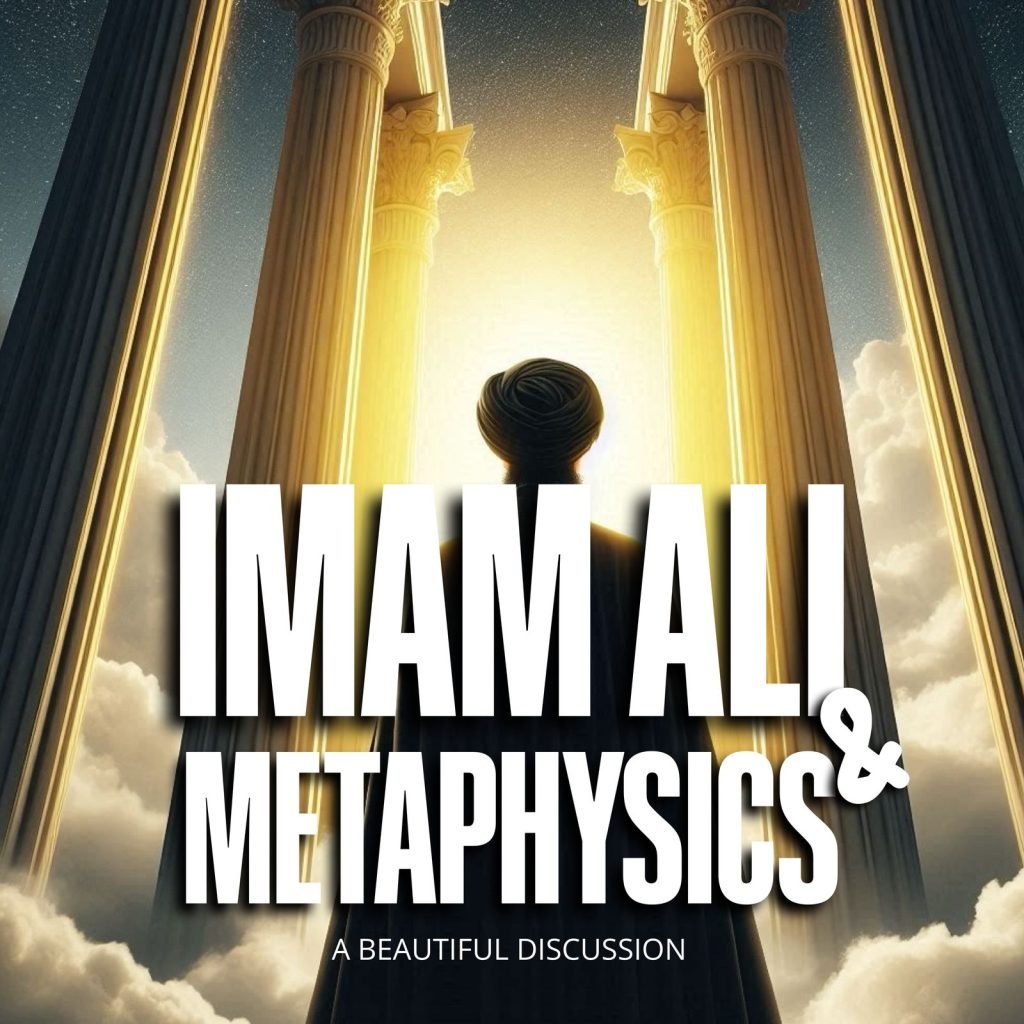For students of science and those curious about the human body, the teachings of Imam Ja’far al-Sadiq (as) provide a fascinating insight into the intricate details of human anatomy. His explanations, narrated centuries ago, align remarkably with modern scientific discoveries. Let’s explore his description of the human skeletal system and compare it with contemporary anatomy.
Imam al-Sadiq’s (as) Description of the Human Body
Salim ibn Dhareer narrated that a Christian once asked Imam al-Sadiq (as) about the secrets of medicine and the details of the human body. The Imam (as) replied:
“Allah the Almighty and Majestic created humans with twelve segments, 248 bones, and 360 vessels. The vessels irrigate the entire body, the bones provide structure, the flesh supports the bones, and the nerves hold the flesh together.”
He further elaborated:
- Hands: Each hand contains 41 bones, totaling 82 bones for both hands.
- 35 bones in the palm
- 2 bones in the forearm
- 1 bone in the upper arm
- 3 bones in the shoulder
- Lower Body: Each leg contains 43 bones, totaling 86 bones for both legs.
- 35 bones in the foot
- 2 bones in the leg
- 3 bones in the knee
- 1 bone in the thigh
- 2 bones in the hip
- Spinal Column: 18 vertebrae
- Ribs: 9 ribs on each side, totaling 18 ribs
- Neck: 8 bones
- Mouth: 28 to 32 bones
Scientific Validation of Imam al-Sadiq’s (as) Teachings
Modern anatomy confirms that the human body has approximately 206 bones in adulthood. However, the number can vary slightly due to individual differences, such as the presence of extra bones or fused bones. Let’s break this down:
- Hands and Arms:
- Each hand has 27 bones:
- 14 phalanges (finger bones)
- 5 metacarpals (palm bones)
- 8 carpals (wrist bones)
- The arm consists of:
- 2 bones in the forearm (radius and ulna)
- 1 bone in the upper arm (humerus)
- The shoulder has:
- 2 bones (scapula and clavicle)
- This totals 32 bones per arm, not 41 as mentioned. However, the Imam’s description may have included smaller bones or considered fused bones separately.
- Legs and Feet:
- Each foot has 26 bones:
- 14 phalanges (toe bones)
- 5 metatarsals (foot bones)
- 7 tarsals (ankle bones)
- The leg consists of:
- 2 bones in the lower leg (tibia and fibula)
- 1 bone in the thigh (femur)
- The hip has:
- 1 pelvic bone (which is technically three fused bones)
- This totals 30 bones per leg, not 43. Again, the difference may be due to variations in counting or naming.
- Spinal Column:
- The human spine has 33 vertebrae:
- 7 cervical (neck)
- 12 thoracic (upper back)
- 5 lumbar (lower back)
- 5 sacral (fused into the sacrum)
- 4 coccygeal (fused into the tailbone)
- The Imam mentioned 18 vertebrae, which may refer to the movable vertebrae (cervical, thoracic, and lumbar).
- Ribs:
- Humans have 12 pairs of ribs (24 ribs in total), not 9 pairs as mentioned. This discrepancy could be due to a different classification or counting method.
- Mouth:
- The mouth contains 32 teeth in adults, which aligns with the Imam’s mention of 28 to 32 bones.
The Significance of Imam al-Sadiq’s (as) Teachings
The late al-Sayyid Muhammad al-Khalili noted that the Imam’s description closely matches modern anatomical knowledge, with only minor differences in naming or counting. This remarkable alignment highlights the Imam’s profound understanding of human anatomy, which was far ahead of his time.
Lessons for Students
- Integration of Science and Faith: Imam al-Sadiq’s (as) teachings demonstrate that Islamic knowledge and scientific inquiry are not separate but complementary.
- Attention to Detail: The Imam’s precise description of the human body encourages students to study with depth and curiosity.
- Historical Context: Recognizing the advanced knowledge of early Islamic scholars inspires appreciation for their contributions to science and medicine.
Conclusion
Imam al-Sadiq’s (as) explanation of the human skeletal system is a testament to his comprehensive knowledge and the timeless nature of Islamic teachings. While minor differences exist between his description and modern anatomy, the overall alignment is striking. For students, this serves as a reminder that true knowledge transcends time and that the pursuit of science is a noble endeavor deeply rooted in faith.
May we continue to seek knowledge with the same dedication and precision exemplified by Imam al-Sadiq (as). Ameen.




